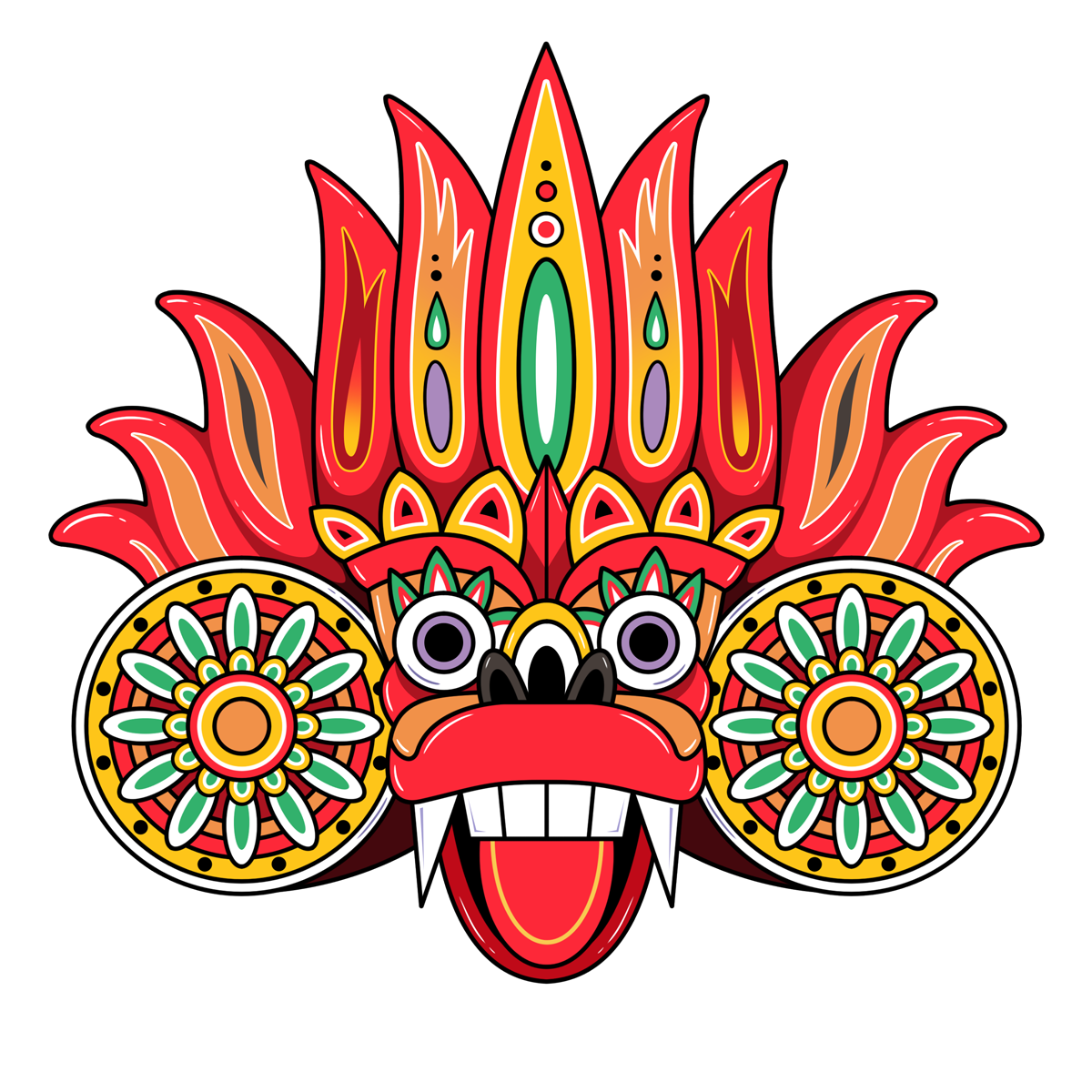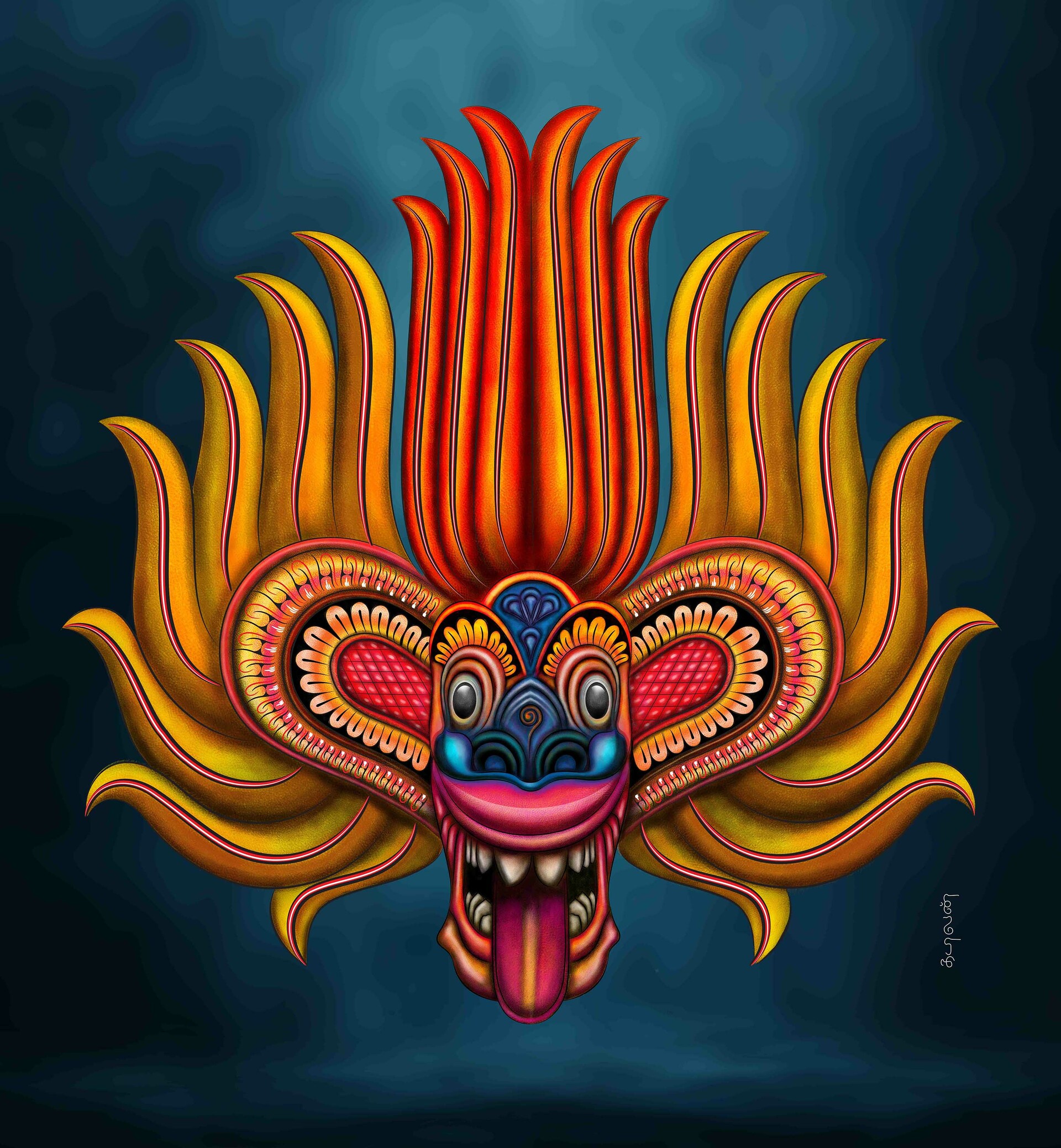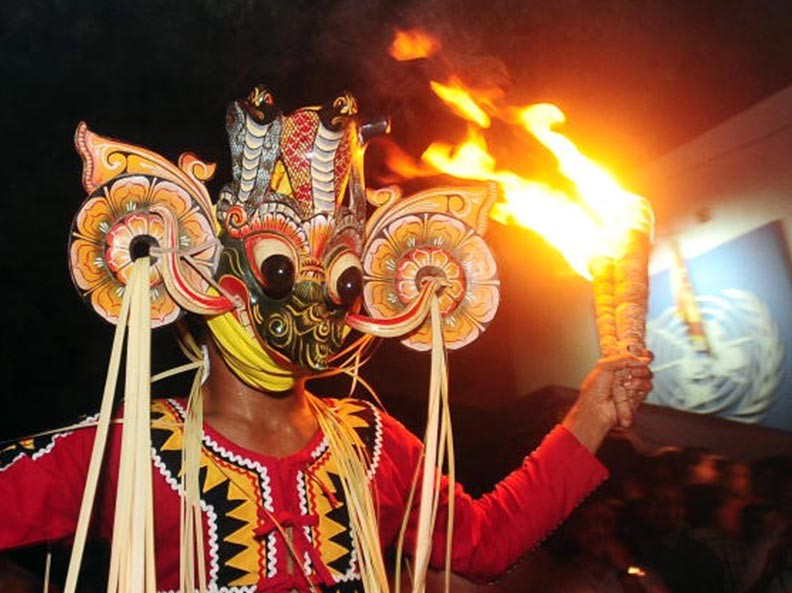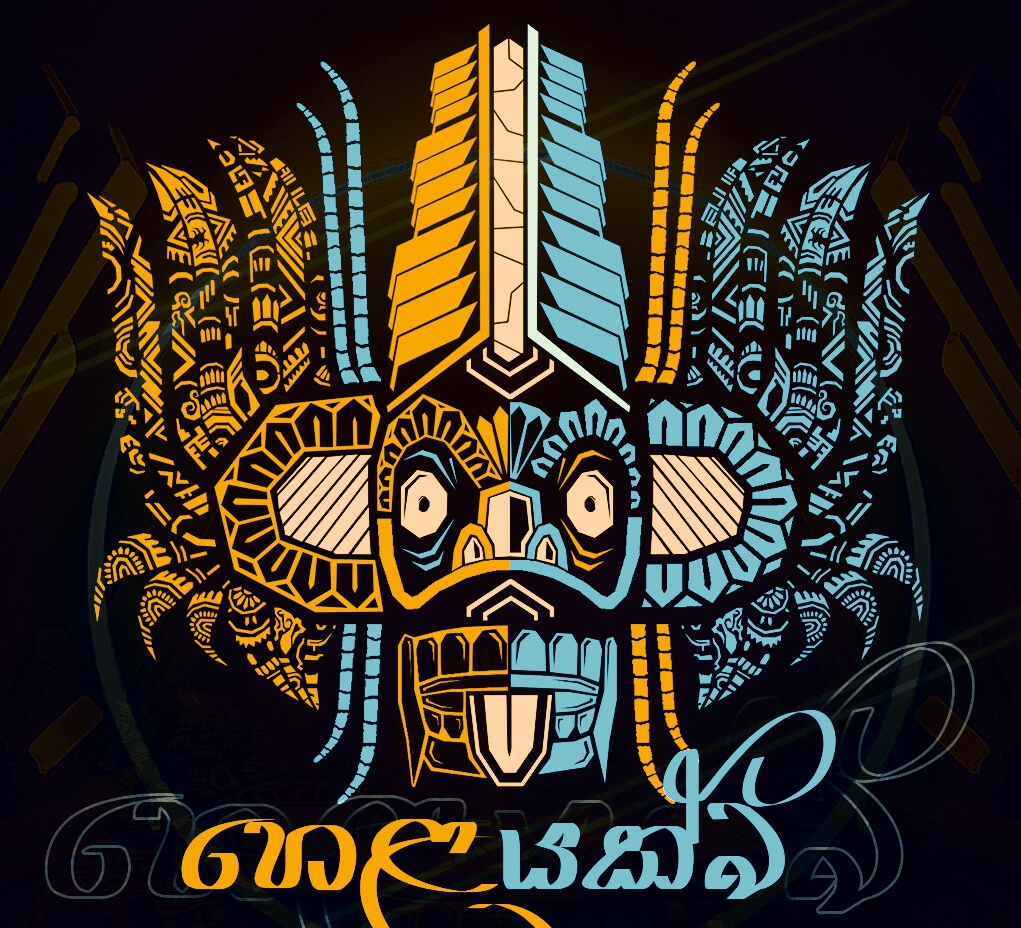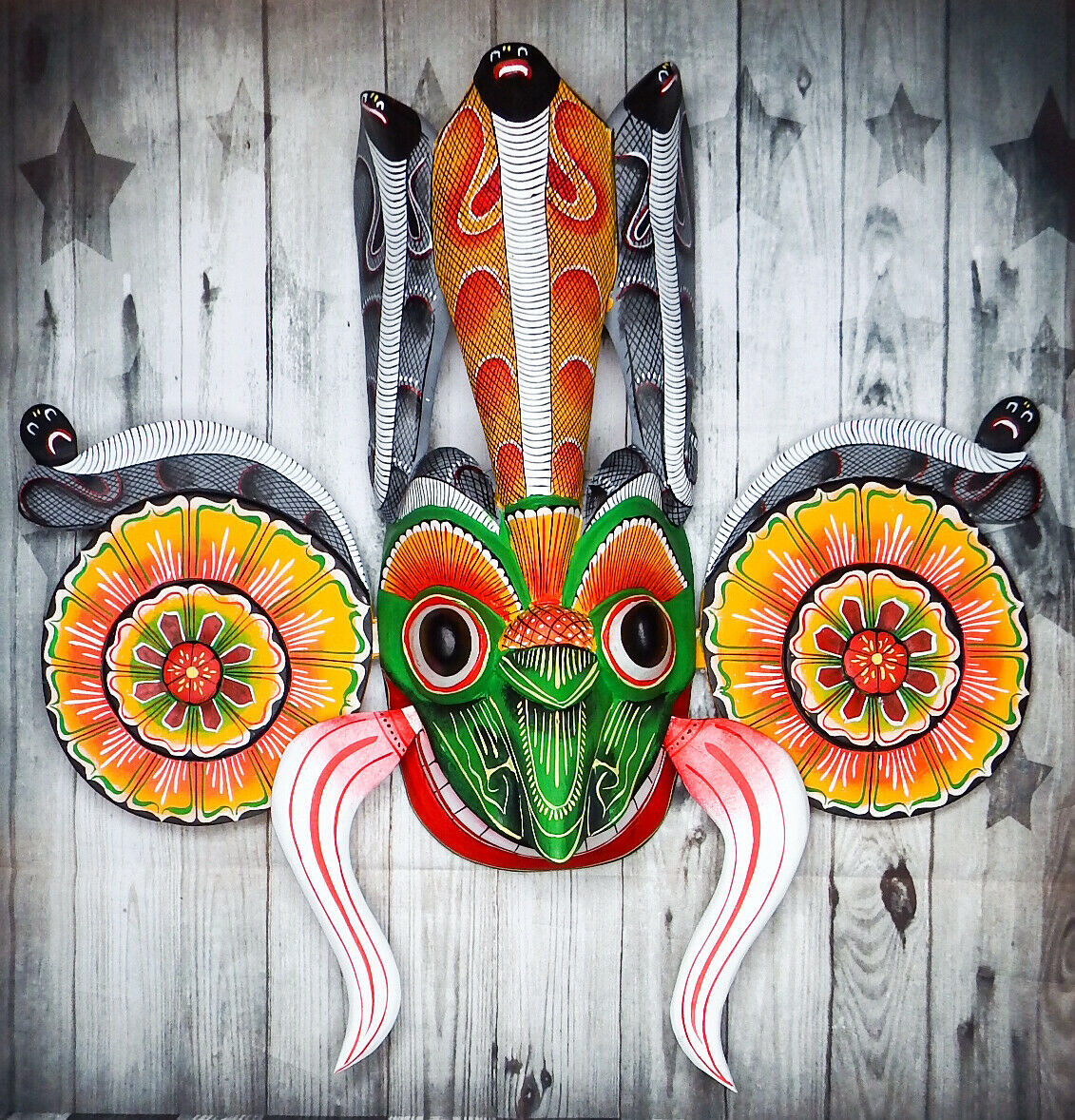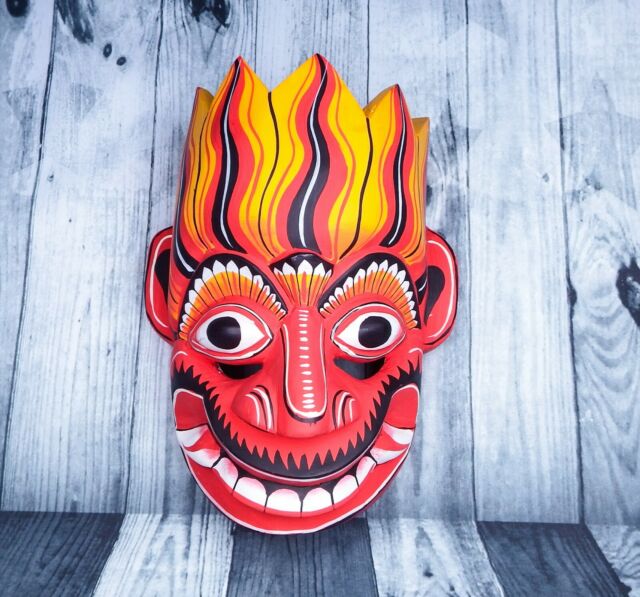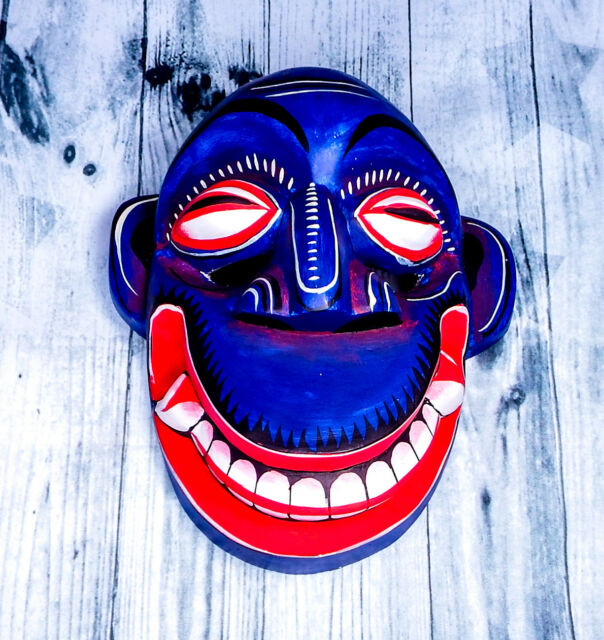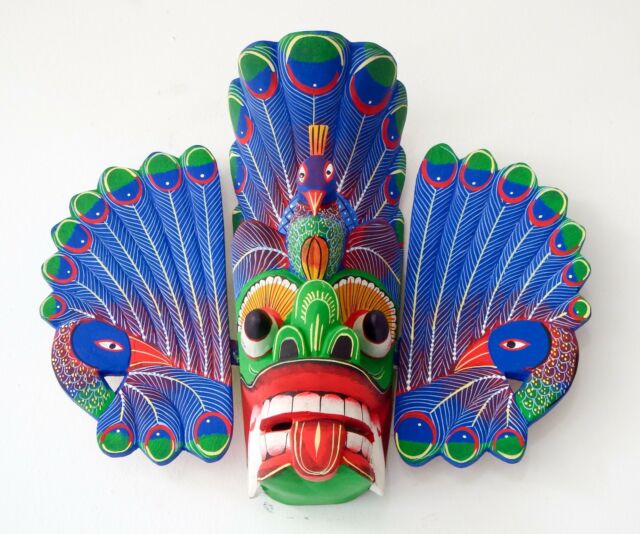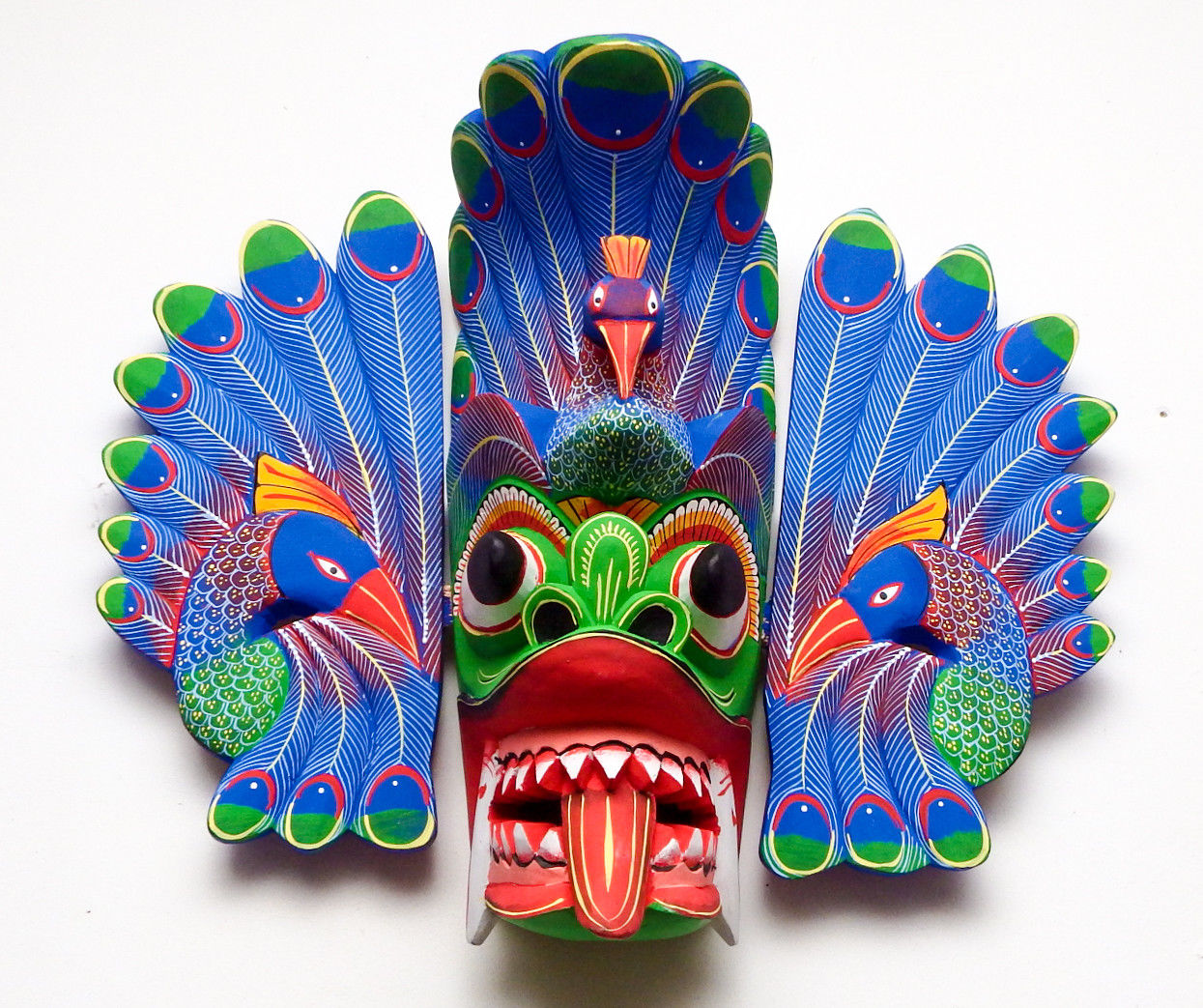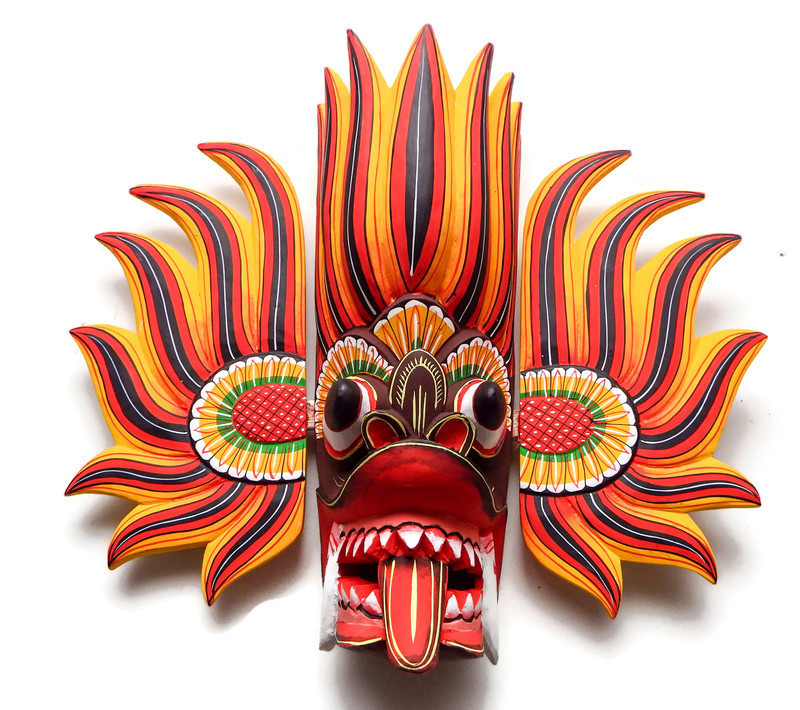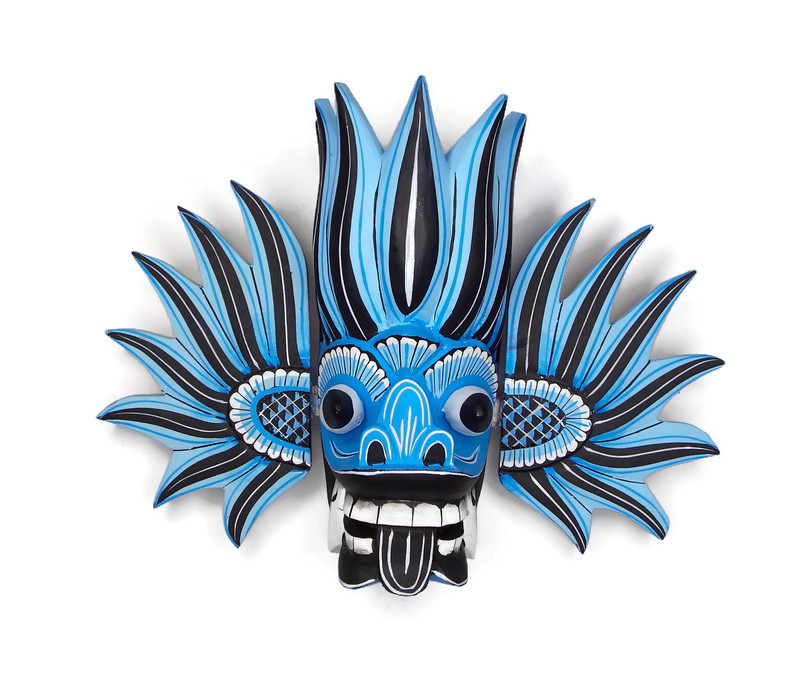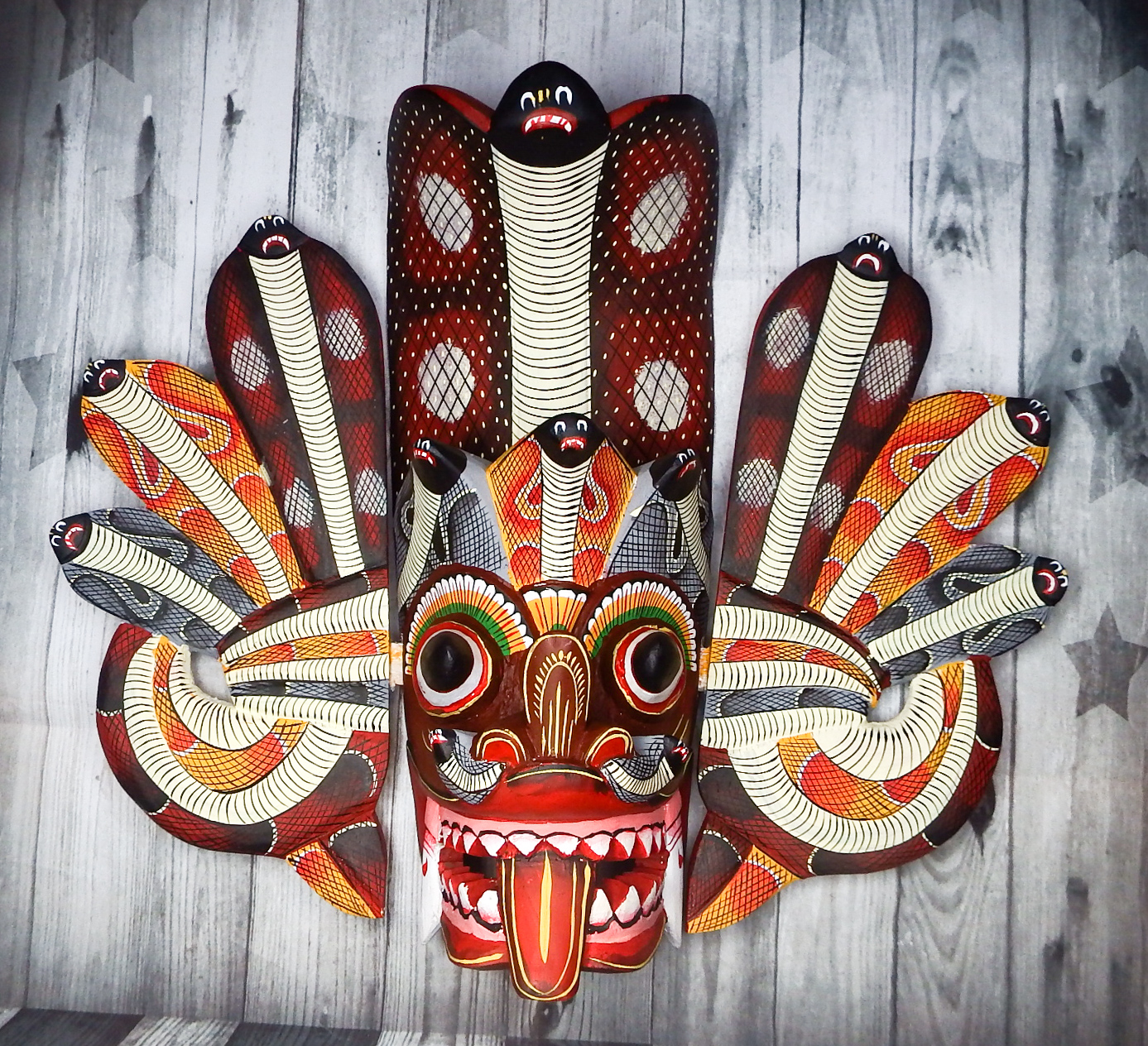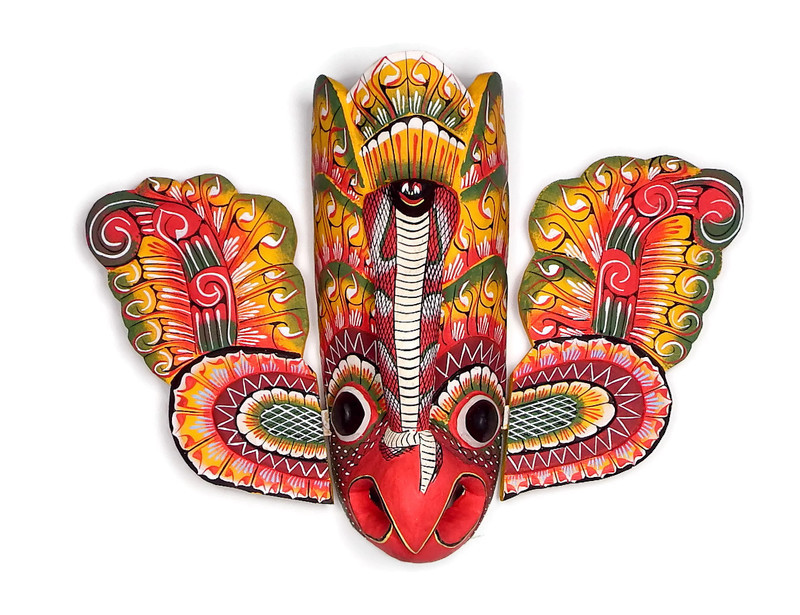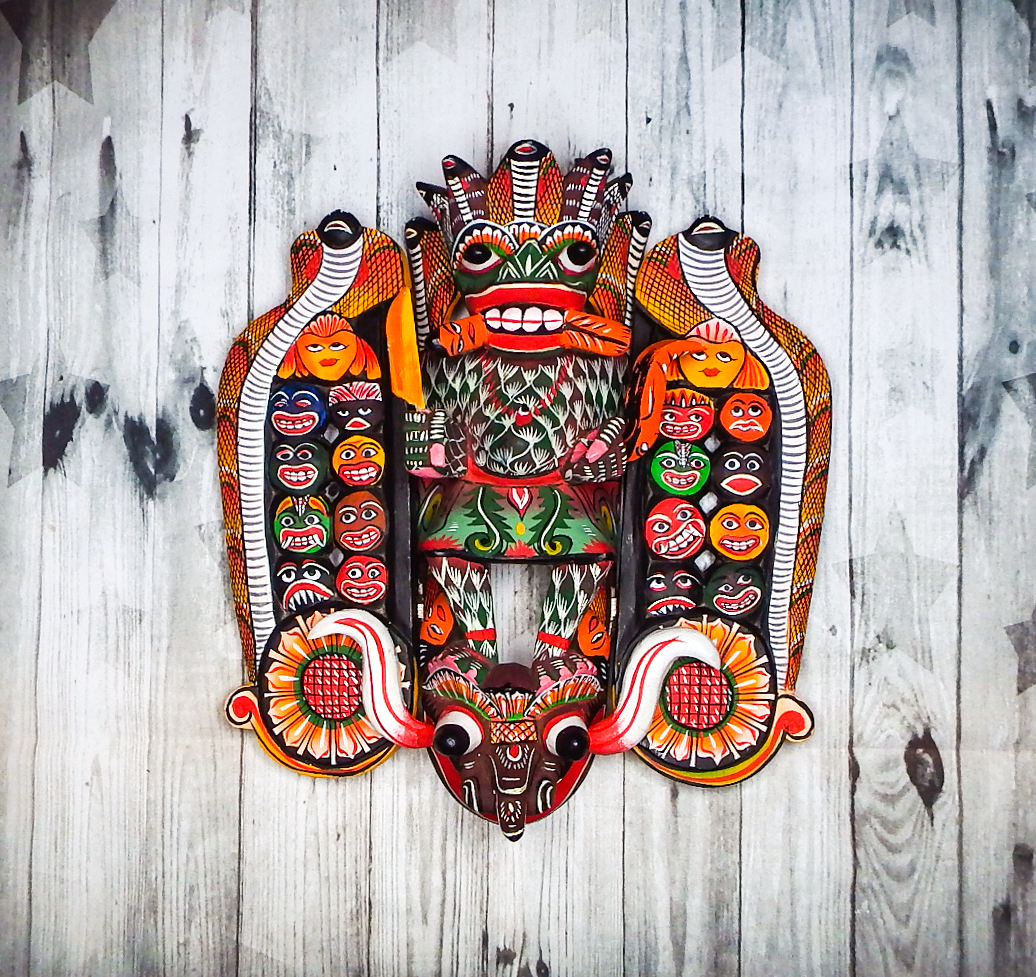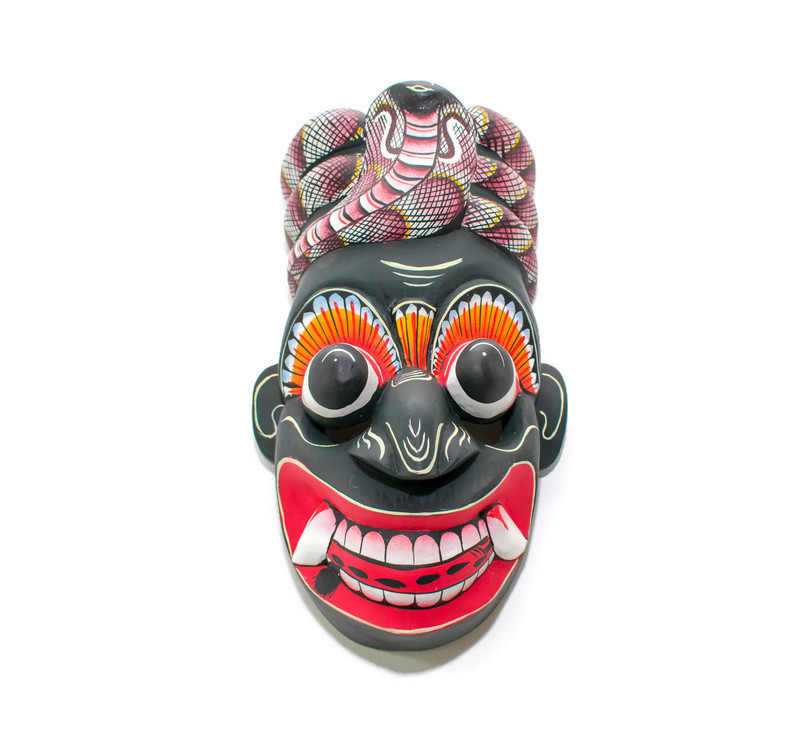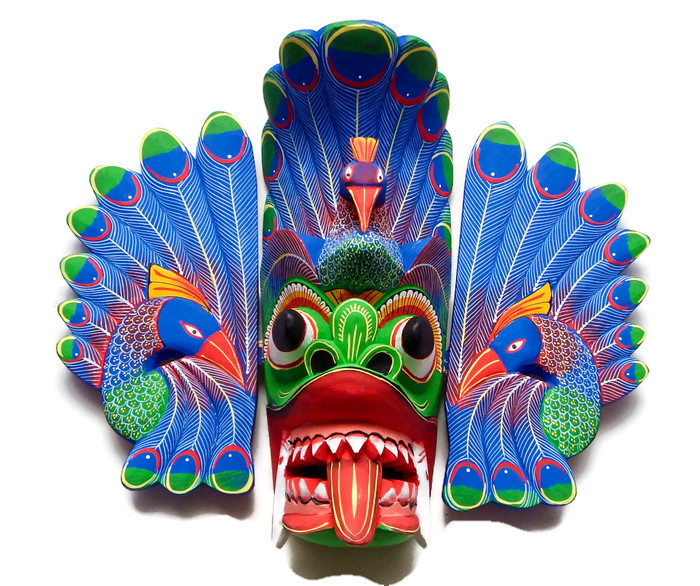Sri Lankan Medical System
Lanka, the land foretold by the Buddha to be the stronghold of Buddhism in the time to come; Ceylon, a colonial outpost for the Portuguese, Dutch and British in succession; the Spice Isle, source of teas and spices which titillated the world; Screndip, an almost mythical paradise. Sri Lanka, home to some of the world’s most beautiful landscapes and the scene of seemingly endless turmoil and bloodshed, has had many names and wears many faces.
Sinhalese have been renowned since the first century B.C. when the northern capital in Anuradhapura boasted some eighteen hospitals. Traditional Ayurvedic principles practised for centuries-balancing internal humours to promote and modify health-are now being studied and implemented by many Western healthcare professionals. But predating these systems, and stretching far back into antiquity, there has been an alternative system of healing, a system based on early Vedic concepts of aetiology, in which diseases and ills of all sorts were believed to be caused by demons. Identified predominantly by the symptoms manifested by the patient, these demons could be summoned and exorcised in stylised ritual mask dances, or natima.
The various natima of Sri Lanka belong to that great Asian mask tradition which extends from the Indian subcontinent, across the high Himalayas, through the Southeast Asian archipelago, northwards onto the Siberian plains and into Korea. Within these diverse cultures the masked shaman plays a central role, bridging the gap between the natural and the omnipresent supernatural. Through various transformation rituals the shaman blurs these perceived boundaries, comforts his community, diverts evil and effectuates healing.
In Sinhalese society the edura works alongside the rest of society. He wears no special clothes, as a monk would, nor is he granted special status. He lives within the community with no divisions. It is only when his special services are required that the edura sets himself apart. Much of the preliminaries and ritualised aspects of the masked dance rituals are designed to distance the edura from the rest of society.
Through a complex and sophisticated mixture of theatre and drama, which includes wearing special clothes, burning his own body and simulated death experiences, the edura creates a space where in his mind and in the mind of his fellow villagers he "becomes" something other and takes on the essence of and personifies the afflicting demon.
Most important to this transformation both visually and psychologically are the fantastic masks worn during these rituals. Representing specific demons and the maladies they inflict upon man, the masks allow the edura to embody, at least temporarily, demons which normally exist only on a supernatural plane. This personification allows for dialogue and, amidst frenzied dance and ritualised chants and speeches, provides an opportunity to discuss the troubles facing the individual and the community. The edura, cloaked in the power and visage of the demon, creates a visible and immediate link between the natural and the supernatural. As the embodiment of the afflicting demon he cites causes for disease, discusses immediate concerns for the community, and following the reception of a tribute, he promises to lift the illness: tindui nivarani ("it is done").
Sinhalese Cosmology
The cosmology of traditional Sri Lankan beliefs is a complex mixture of native Vedic gods, spirits, and demons, overlaid with imported Hindu and Buddhist deities, beliefs, and practices. This pantheon is vast, filled with hierarchies and sub-hierarchies which the uninitiated finds nearly impossible to grasp. The synthesis is a spiritual landscape where Buddha reigns supreme, but where the day-to-day is fraught with danger from the yakku (devils) and other malignant forces (vas) which seem all too ready to afflict man with scourges of every description. In this word, life is a constant struggle against these forces.
Central to this struggle are the natima devil dances-masked dance ceremonies to cure diseases, help failing crops (4), prevent drougth, and provide protection for troubled pregnancies (5). A cast of specific characters and dramas have developed over the centuries to counteract almost every affliction and ailment. The yakun natima, and the kolam natima (masquerade dance) represent two of the historically prominent forms these dance rituals have taken. Masks used in these rituals provide wonderful insight into the belief systems and practices which form the core of traditional Sinhalese beliefs regarding health.









